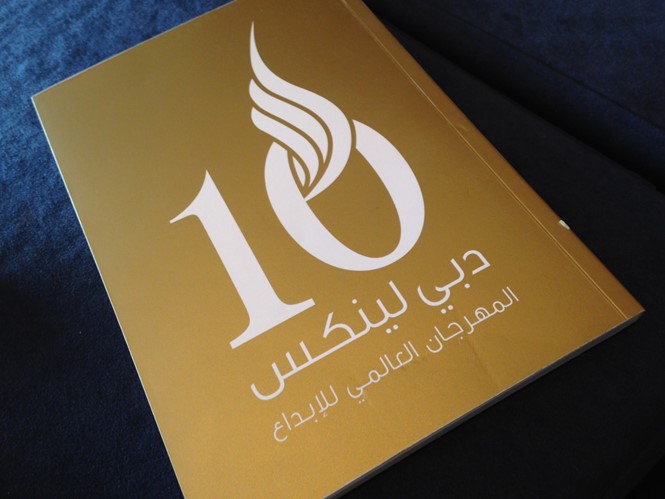Going glocal: Dubai Lynx, day 1

It's no secret that brands are interested in the Middle East. Western retailers and luxury brands have jumped on the new opportunities to provide unique experiences to discerning audiences, B2B companies have expanded their footprints with new partnerships and opportunities for business in the region and local companies have seen their remits expand alongside their countries' economies.
Yet, the Middle East is by no means uniform. From North Africa to the Gulf Coast to the Levant, local symbols, language and experiences differ. Communicating with this vast audience as well as the melange of western and south Asian expats, Arabs living outside their home countries and the working communities that fundamentally support the economy is no mean feat.
For brands, Jimmy Kmeid, associate design director at global brand experience agency Fitch says, marrying the global outlook with the local culture is crucial. He says symbols that act as cultural identifiers - like calligraphy or architecture - have been used in isolation within brands and thus have become cliched. For brands to offer more than just a logo, and work toward a unique brand experience, they should focus on symbols, language and values in unison. "We have the power to shape [brand experience]," he says, "We can influence that. It is our responsibility as designers to shape it in the right way."
In that respect, what a brand stands for is more important than what it looks like. Well developed brand strategies take this into account, yet the challenge has been for global companies to find a balance between the global audience and the hyper local working in the Middle East.
Calligrapher, artist, civil engineer and former brand agency denizen Wissam Shawkat says calligraphy has the power to make brands count in the Middle East. Brands in the UAE have to include Arabic script on their storefronts. But beyond that, advertisements, social media, websites and any other written brand touchpoint has to have competent Arabic calligraphy or typography to resonate with audiences across the region. But, Shawkat and Kmeid point out, this is still developing. "You don't find many people who study this specialty," Shawkat says of calligraphic typography in design schools. He says Arabic design students never learn the skills in written language design necessary to brands in the Middle East.
Brands themselves, he says, "Are not aware of how they translate their image in Arabic. It's like a second thought. There has been a big change in the past 15 years, but it's not enough. The Arabic should lead the brand." That speaks to Kmeid's point about a global brand strategy and experience being defined with the local audience in mind.
The Dubai Lynx festival has, for the last 10 years, highlighted the brands that do just that. Other speakers during day one of the event included Twitter, examining the value of influencers, DigitasLBi which looked at the shift in luxury marketing toward unique experiences, rather than explicit branding and Brave, a London-based brand agency focusing on emotive creative content.
Oli Geal, creative director at Brave, says Brave works to take the risk out of creativity decision making for brands. Essentially, the agency tests creative work based on emotional impact and uses those algorithmic tests to make brand communications more adventurous. "The industry has been based a hell of a lot on rational advertising, and it works," Geal says. "But this combination of both [emotive and rational] has proven more successful for brands in the long term."
The festival continues until Wednesday when the winners of the design competitions and Young Lynx competition are awarded. For more updates, follow @transformsays.












